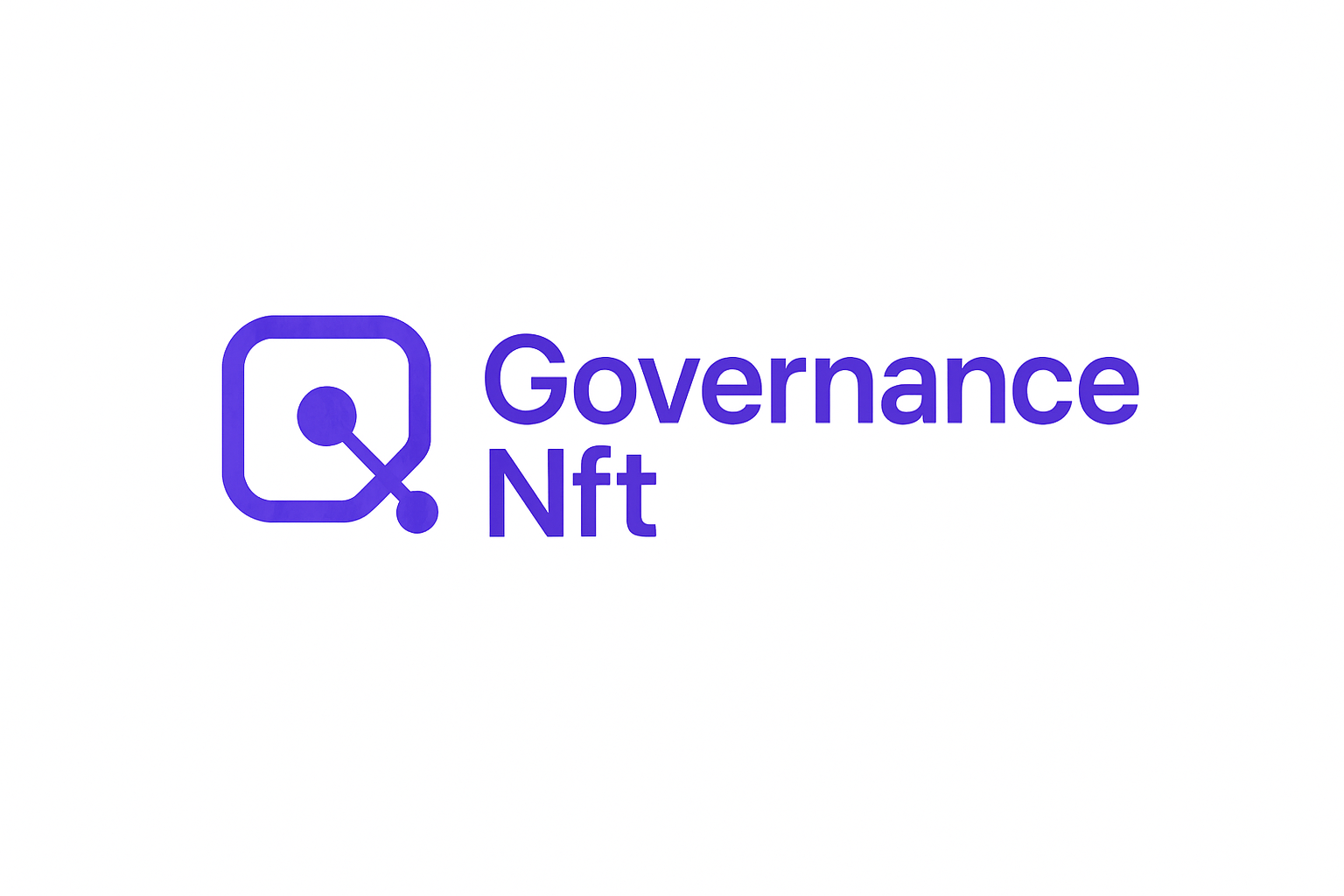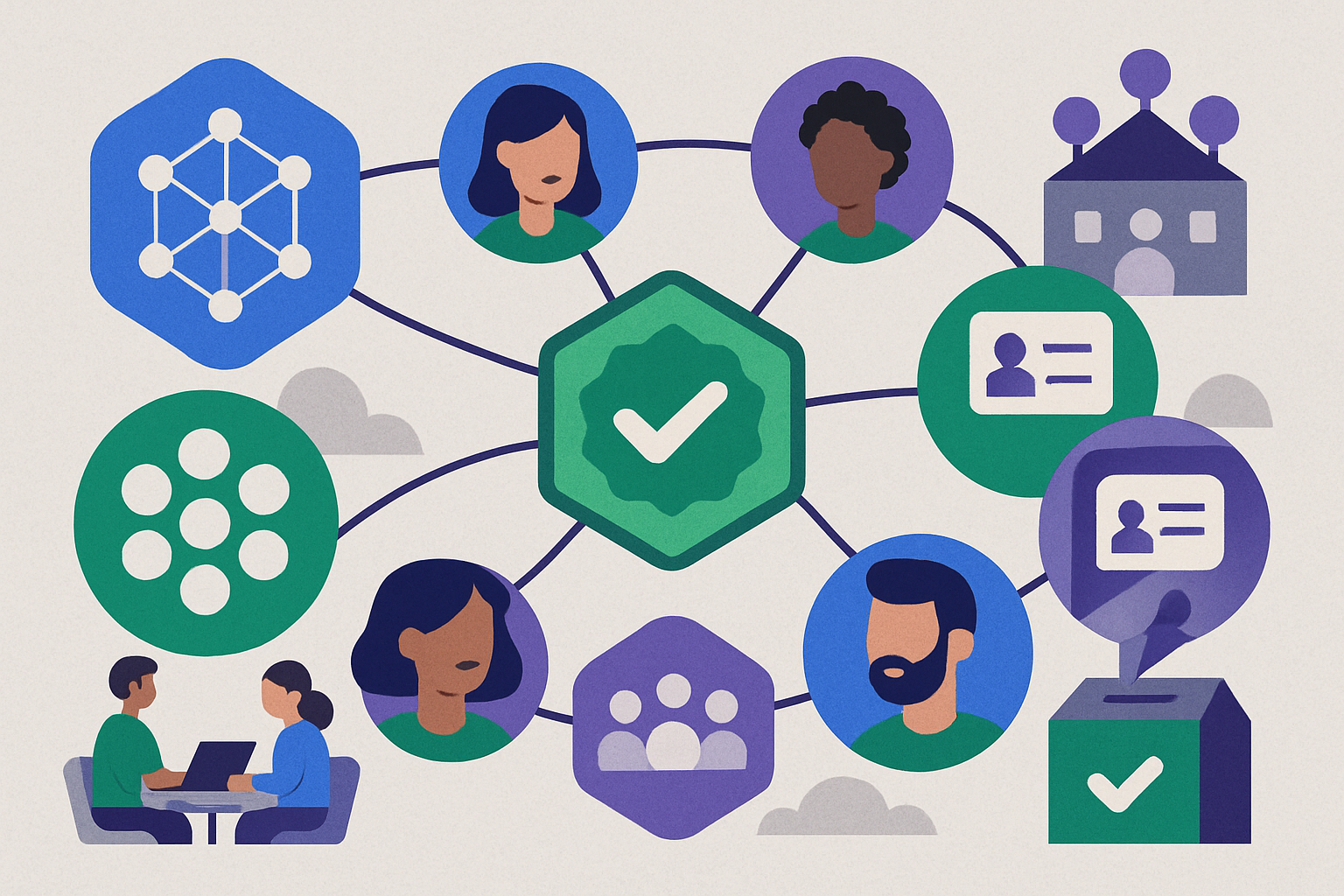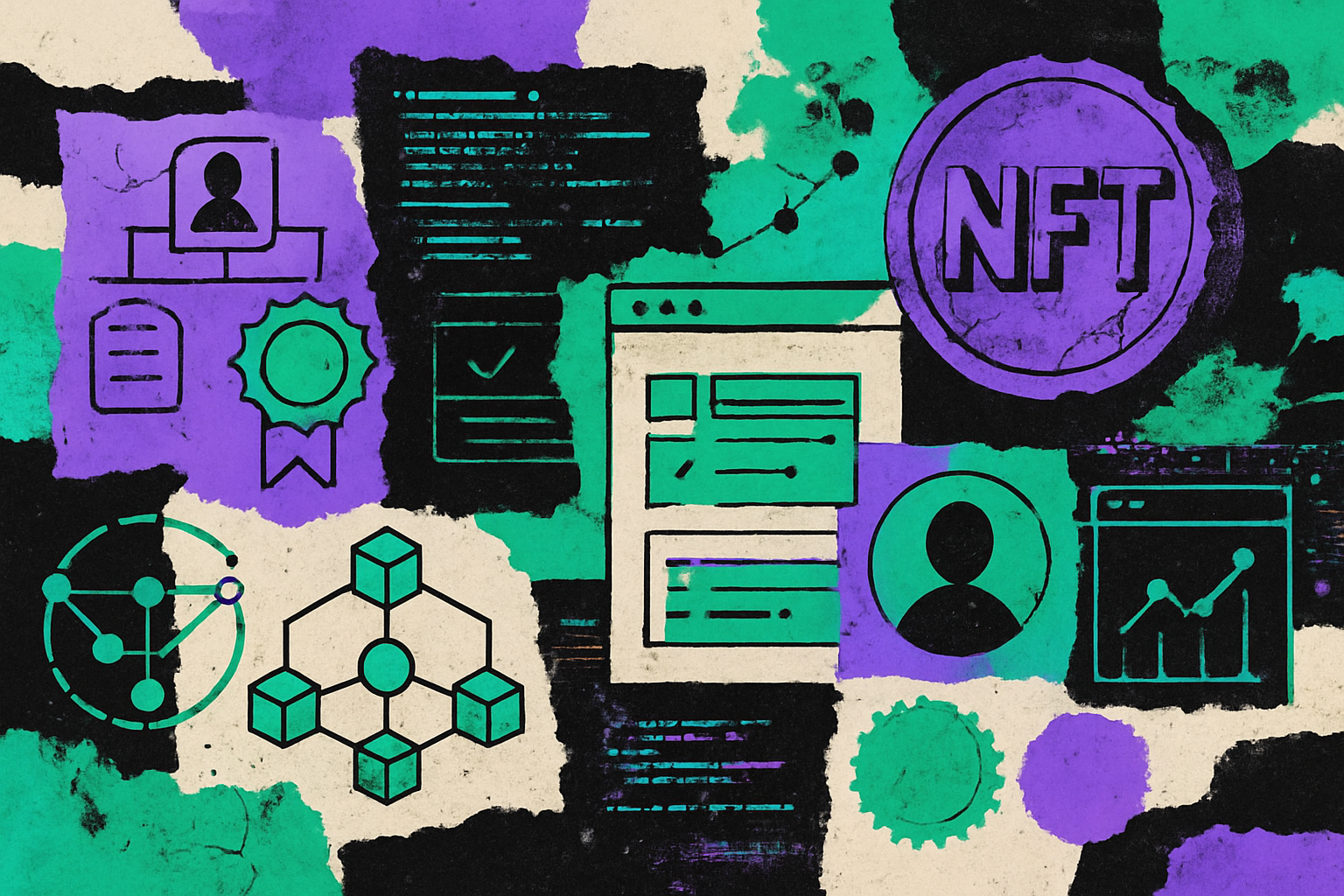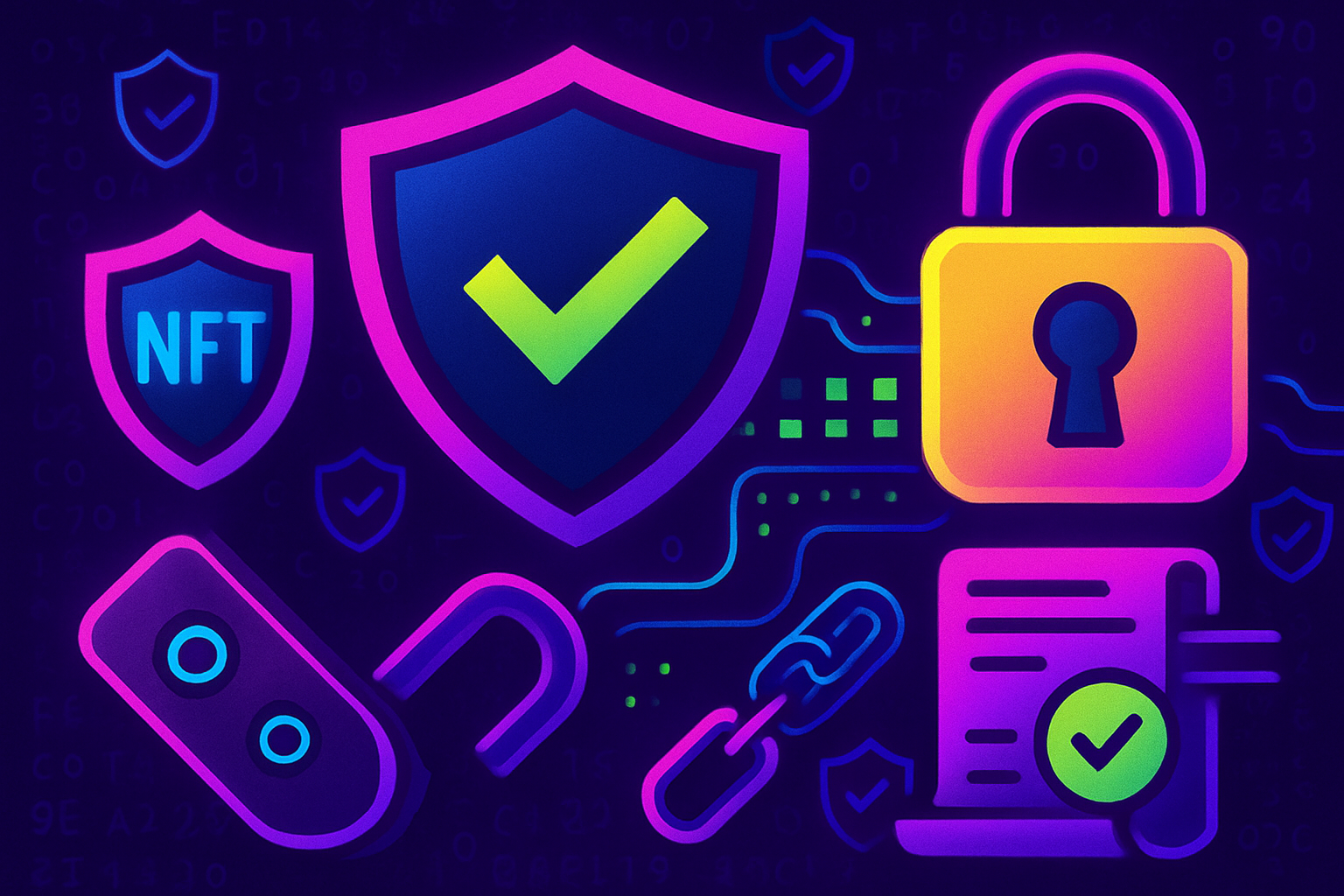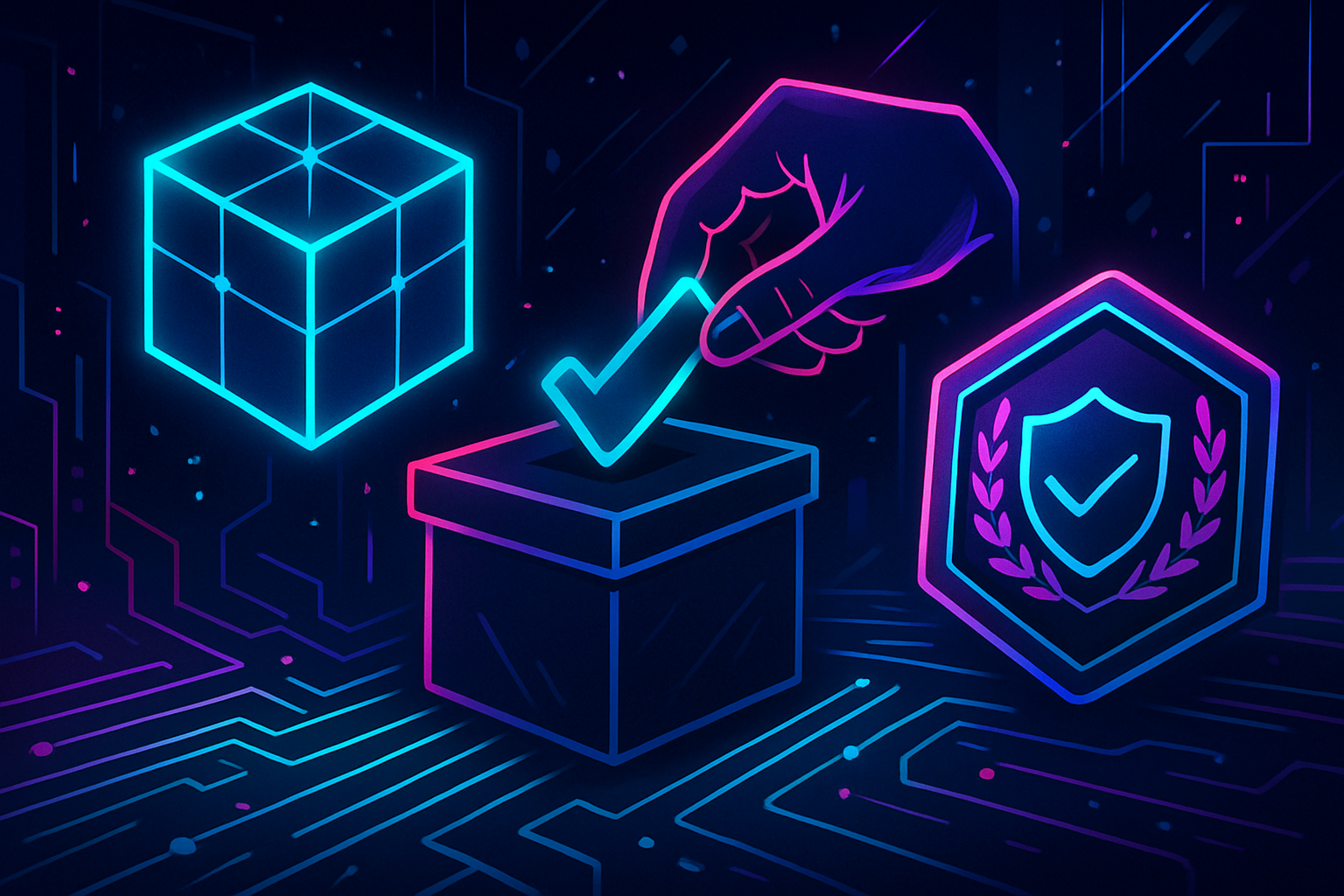
Decentralized Autonomous Organizations (DAOs) are rewriting the rules of digital governance, making collective decision-making more transparent and participatory. At the heart of this transformation is a new class of digital credentials: DAO governance NFT badges. These non-fungible tokens aren’t just collectibles, they’re programmable, verifiable proofs of membership, reputation, and voting rights that can supercharge engagement and accountability across Web3 communities.

Verifiable Membership: The Foundation for Trust
One of the biggest challenges DAOs face is ensuring that only legitimate participants have a say in governance. Traditional systems rely on off-chain lists or easily manipulated signatures. In contrast, NFT voting badges for DAOs act as unique, on-chain IDs. Every member receives a badge that is cryptographically linked to their wallet, eliminating duplicate accounts and ensuring that every vote comes from a verified individual. This approach not only mitigates sybil attacks but also fosters an environment where contributors know their voices are counted fairly.
This secure identification system has an immediate impact on participation rates. When members trust the process, they’re more likely to engage in votes and discussions. Plus, because these badges are visible on-chain, anyone can audit who participated in key decisions, making the entire process auditable and tamper-proof. For a deeper dive into how this technology enhances transparency, check out this guide on DAO transparency with NFT badges.
Tiered Access and Dynamic Roles with NFT Badges
DAOs are rarely flat structures, members often take on different roles as they contribute over time. With DAO governance NFT badges, organizations can issue role-specific or tiered badges that evolve alongside member contributions. For example:
Real-World Examples of Tiered DAO NFT Badges
-
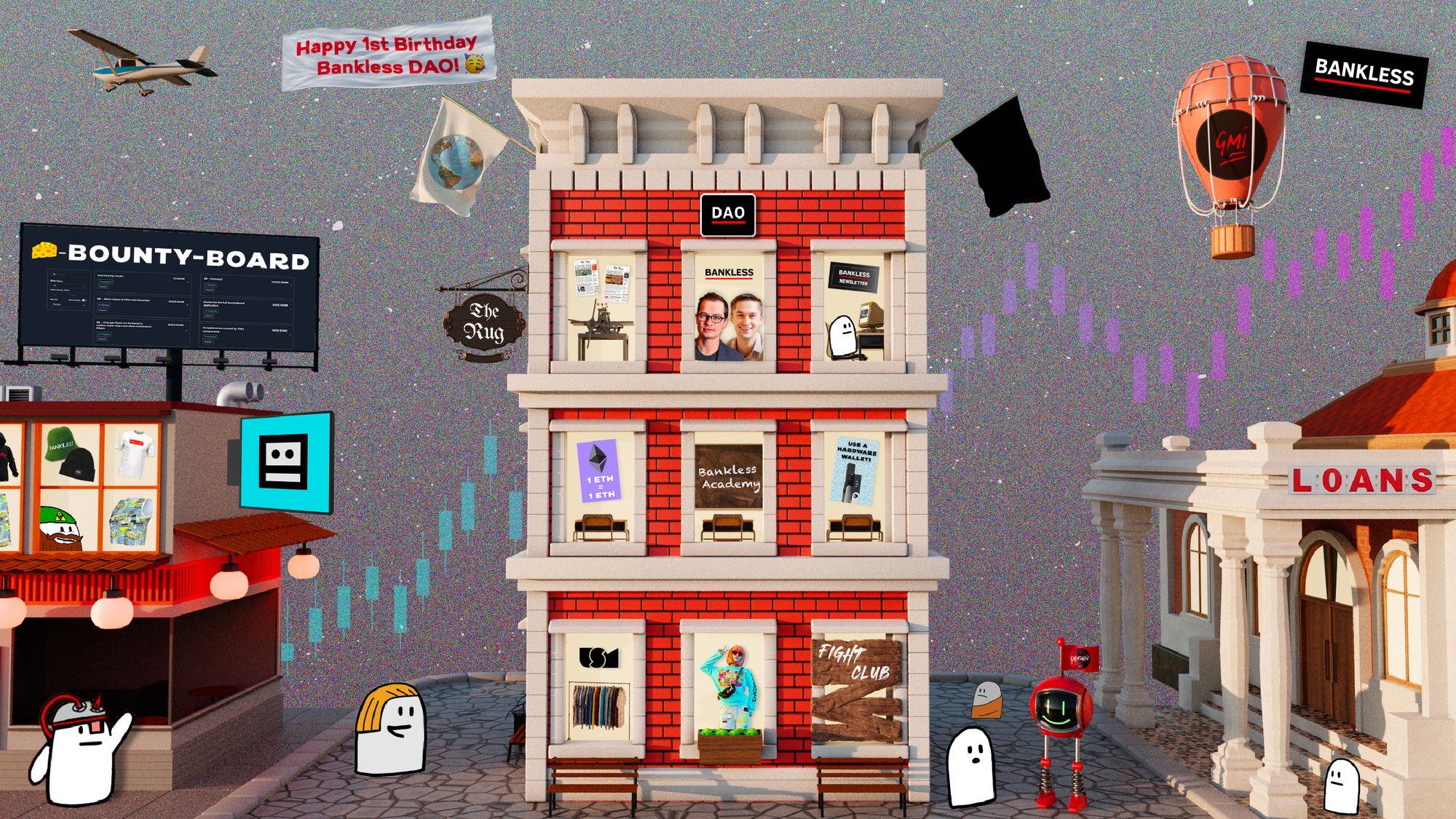
Contributor Badges — Bankless DAO: Bankless DAO issues NFT badges to contributors who complete projects, attend events, or provide value to the community. These badges serve as on-chain proof of participation and unlock access to exclusive channels and bounties.
-
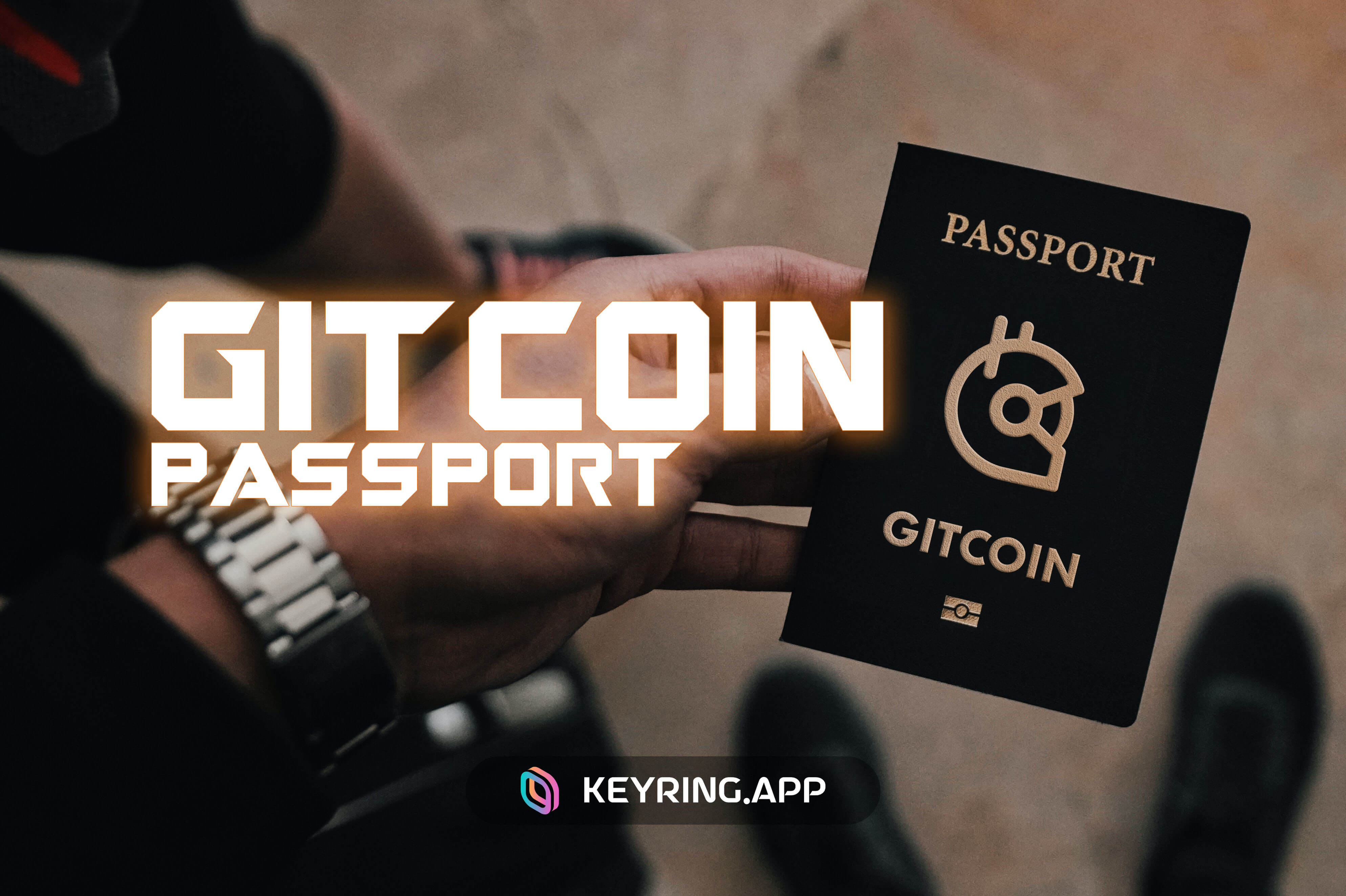
Voter Badges — Gitcoin Passport: Gitcoin Passport leverages NFT-based badges to verify voter eligibility and reputation in its quadratic funding rounds. Members with higher reputation scores, reflected by their badges, have more influence in DAO governance.
-
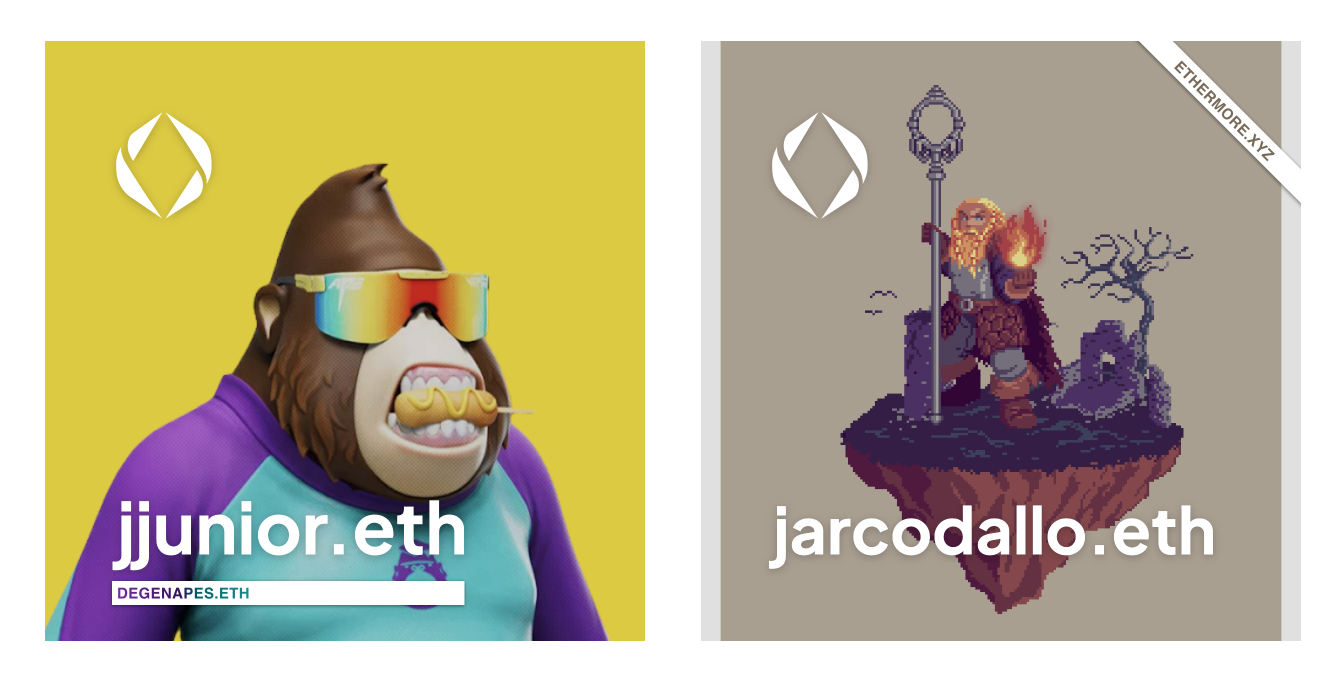
Moderator Badges — ENS DAO: Ethereum Name Service (ENS) DAO assigns moderator NFT badges to trusted community members who help manage discussions and enforce rules on governance forums. These badges are publicly viewable, enhancing transparency and accountability.
-
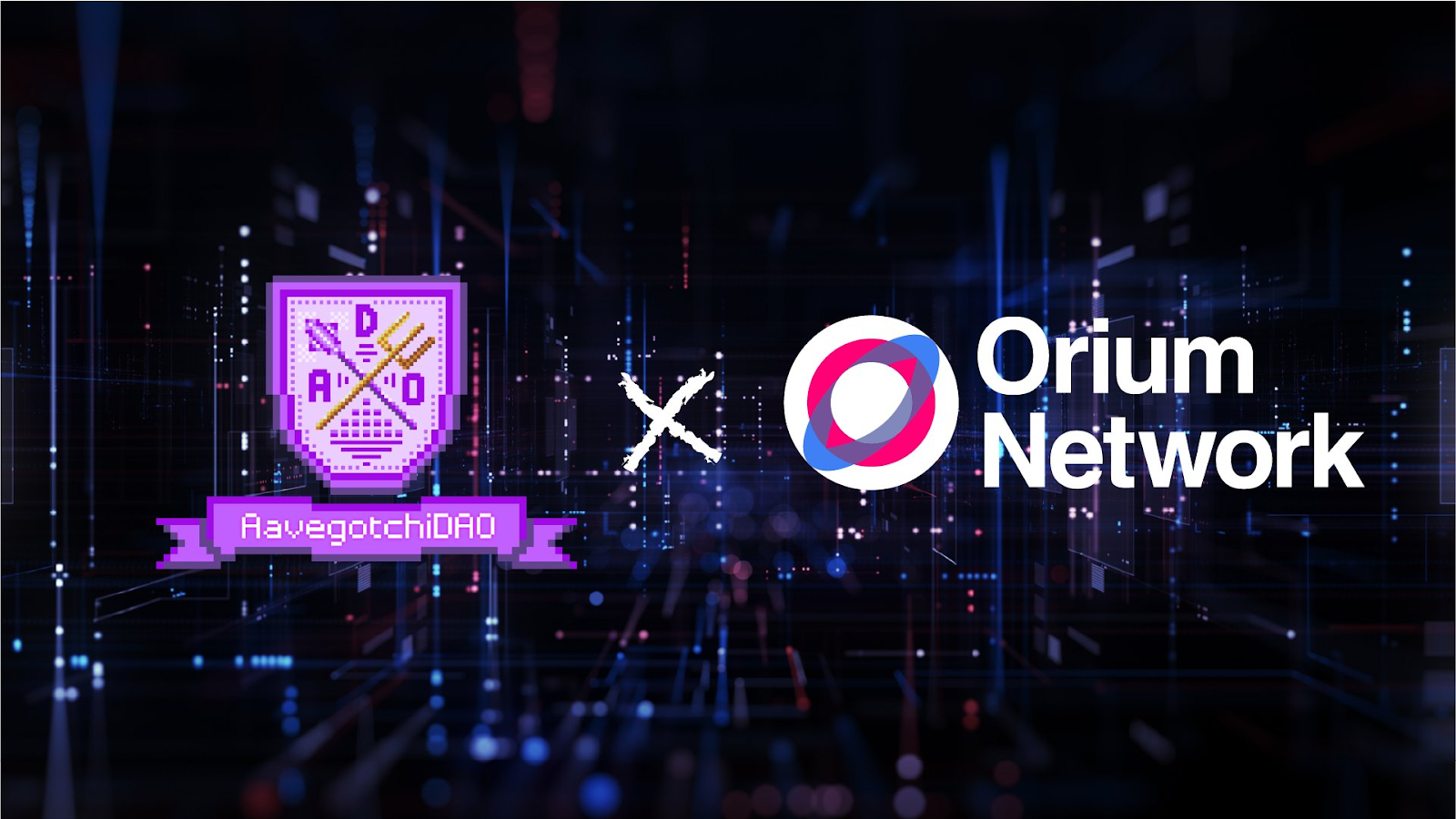
Core Team Badges — AavegotchiDAO: AavegotchiDAO distinguishes its core team members with unique NFT badges that grant special governance rights and access to internal channels. This tiered badge system makes leadership roles transparent and verifiable on-chain.
This dynamic approach unlocks several benefits:
- Automated access control: Smart contracts can instantly grant or revoke privileges based on badge ownership.
- Recognition and motivation: Members see their status reflected on-chain as they progress, fueling continued engagement.
- Decentralized HR: Instead of relying on manual spreadsheets or opaque admin tools, everything happens transparently via blockchain logic.
Proof-of-Participation and On-Chain Reputation Building
The days when active contributors went unrecognized are over. DAOs can now award NFT badges for concrete actions: attending meetings, submitting proposals, moderating discussions, even organizing events. Each badge serves as an immutable record of involvement, a verifiable resume that travels with members across projects.
This not only incentivizes engagement but also lays the groundwork for robust reputation systems within decentralized communities. Over time, accumulated badges tell a story of dedication and expertise, helping DAOs identify future leaders and allocate responsibilities more effectively.
If you want to learn how to implement transparent contributor recognition using NFTs in your own community, explore our resource on transparent contributor recognition with DAO NFT badges.
Beyond individual recognition, NFT badges enable DAOs to build a collective track record of participation and governance. Every on-chain interaction tied to a badge is visible and auditable, offering the transparency that traditional organizations often struggle to achieve. This visibility not only strengthens internal trust but also signals legitimacy to external partners, investors, and potential new members.
Transparent Voting: From Theory to Practice
Integrating NFT badges with decentralized voting platforms like Snapshot transforms governance from a black box into an open book. Instead of unverifiable off-chain polls or token-based voting systems susceptible to manipulation, each badge directly represents a member’s unique voting right. DAOs can implement one-badge-one-vote systems or assign weighted votes based on badge tiers, aligning influence with actual contributions rather than just token holdings.
Every vote cast is publicly recorded and attributable, making it easy for anyone to audit outcomes or verify quorum requirements. This level of transparency is essential for maintaining legitimacy in contentious decisions and for attracting serious contributors who value fair process.
Incentives That Drive Real Engagement
The power of NFT badges goes far beyond static credentials. By linking badges to tangible rewards, such as token incentives, access privileges, or exclusive event invites, DAOs can design sophisticated engagement loops. For example, a member who earns a Proof-of-Attendance NFT for joining a critical governance call might unlock early access to new features or receive bonus tokens as recognition.
This approach not only gamifies participation but ensures that rewards are distributed transparently and fairly. Members see exactly why they received a badge or reward, while the community can verify that incentives align with stated goals. For more on how DAOs use NFTs to motivate active contributors, see our deep dive on rewarding contributors with governance NFT badges.
Key Ways NFT Badges Enhance DAO Participation & Transparency
-
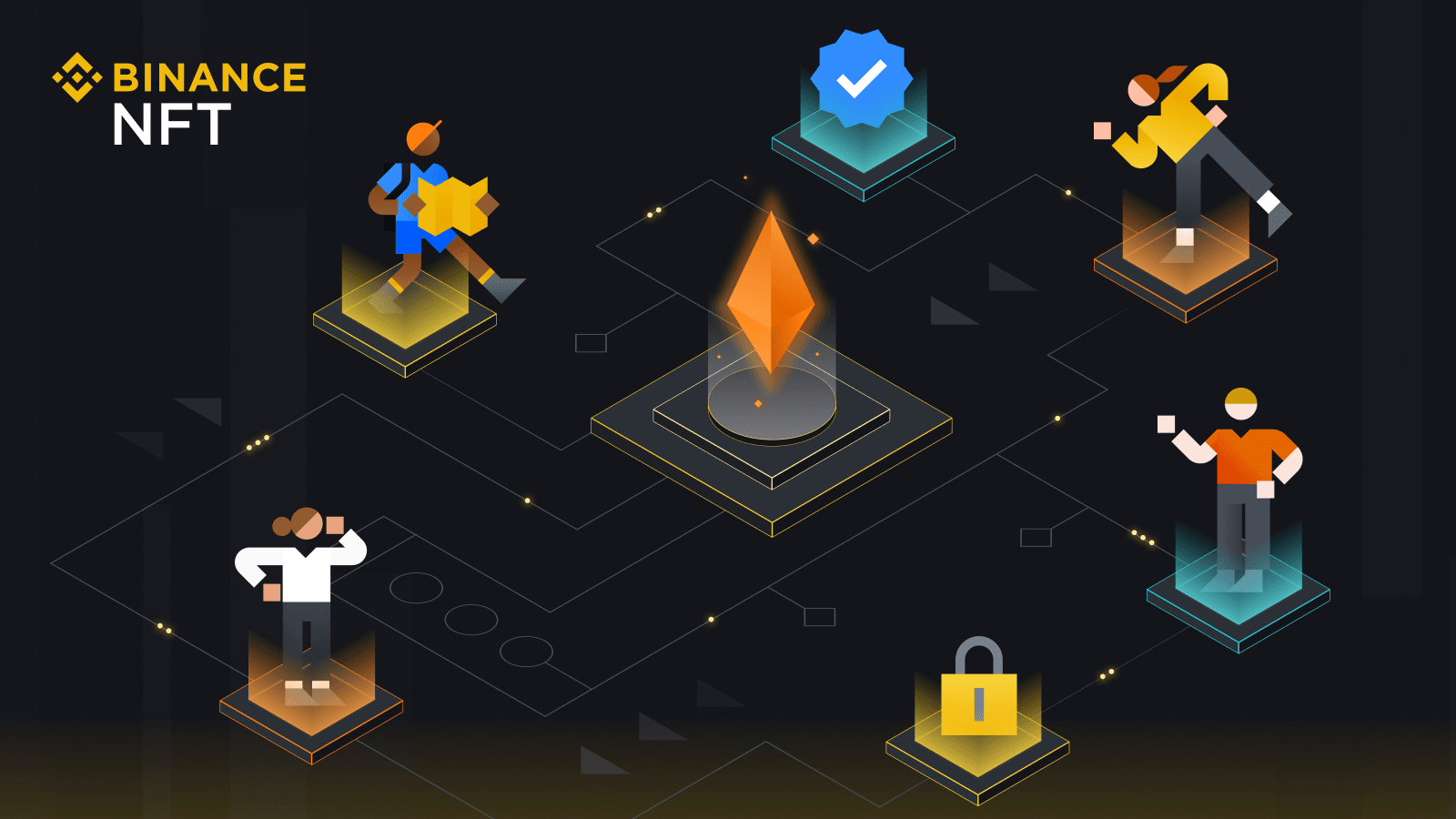
Membership Verification: NFT badges act as unique, verifiable digital IDs for DAO members, ensuring only authenticated individuals participate in governance and voting.
-
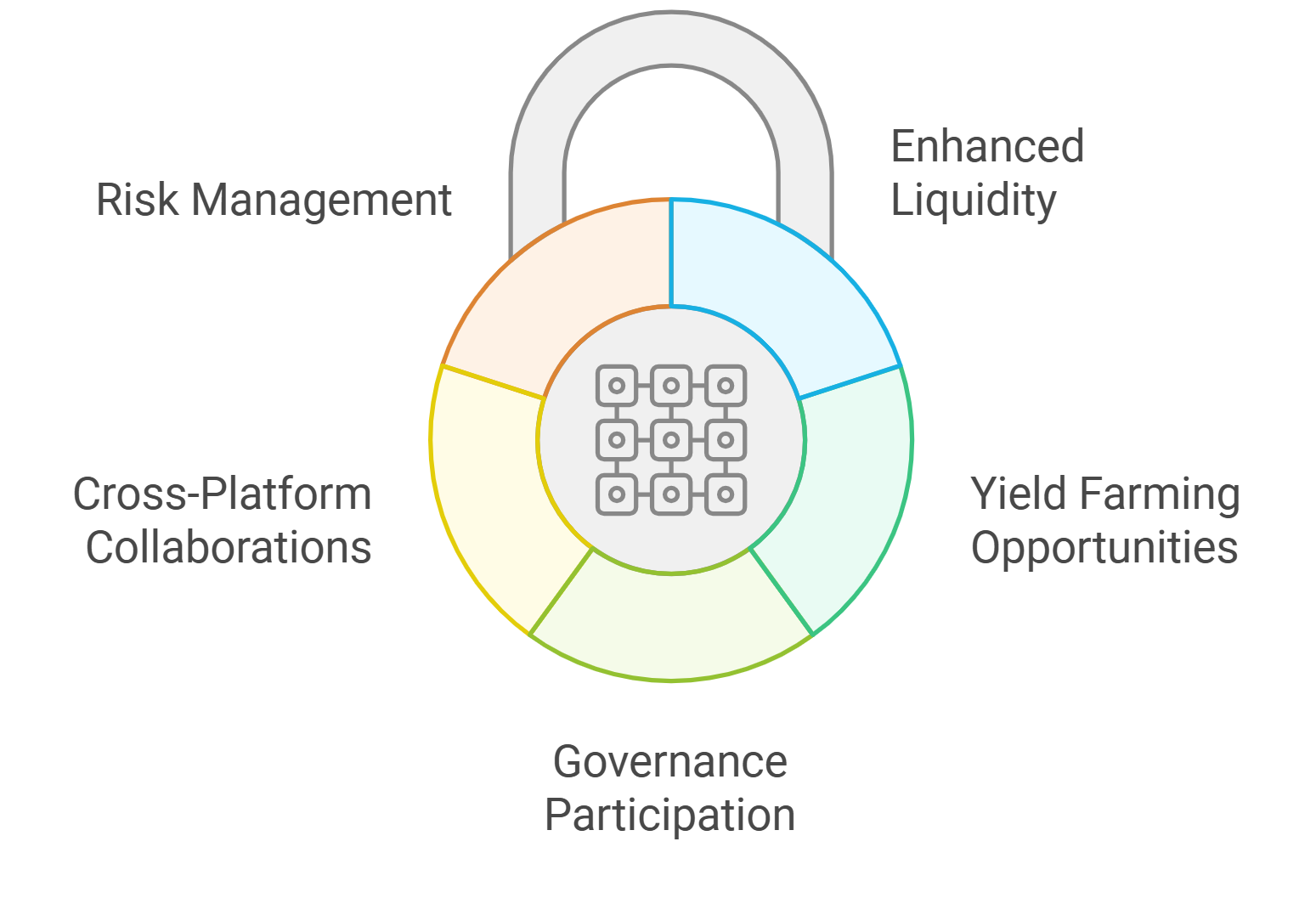
Access Control & Tiered Privileges: DAOs issue NFT badges representing different roles or contribution levels, enabling decentralized recognition and secure, role-based access within the organization.
-
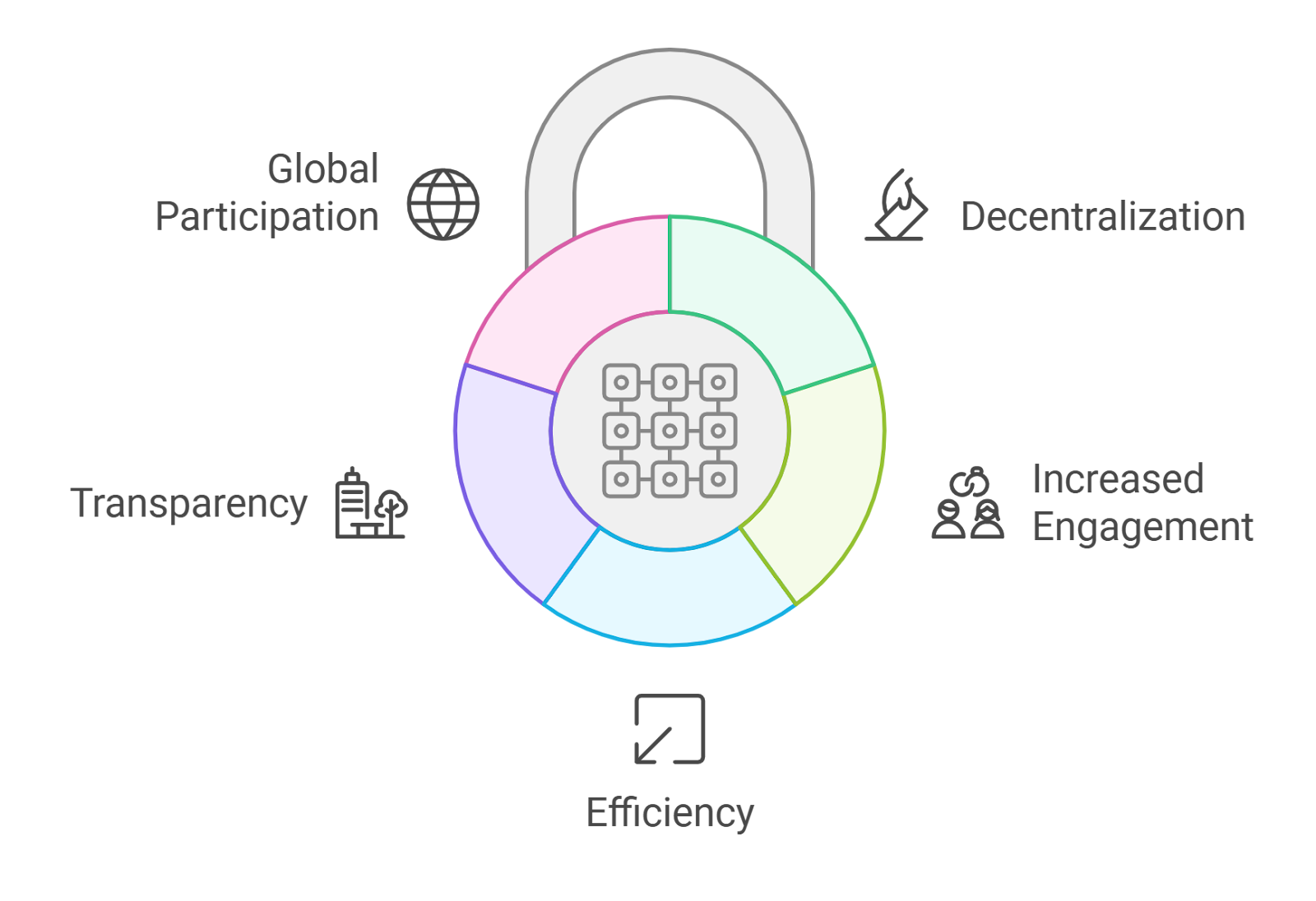
Proof of Participation: Members earn NFT badges for attending meetings or contributing to projects, creating an immutable, on-chain record of involvement and commitment.
-
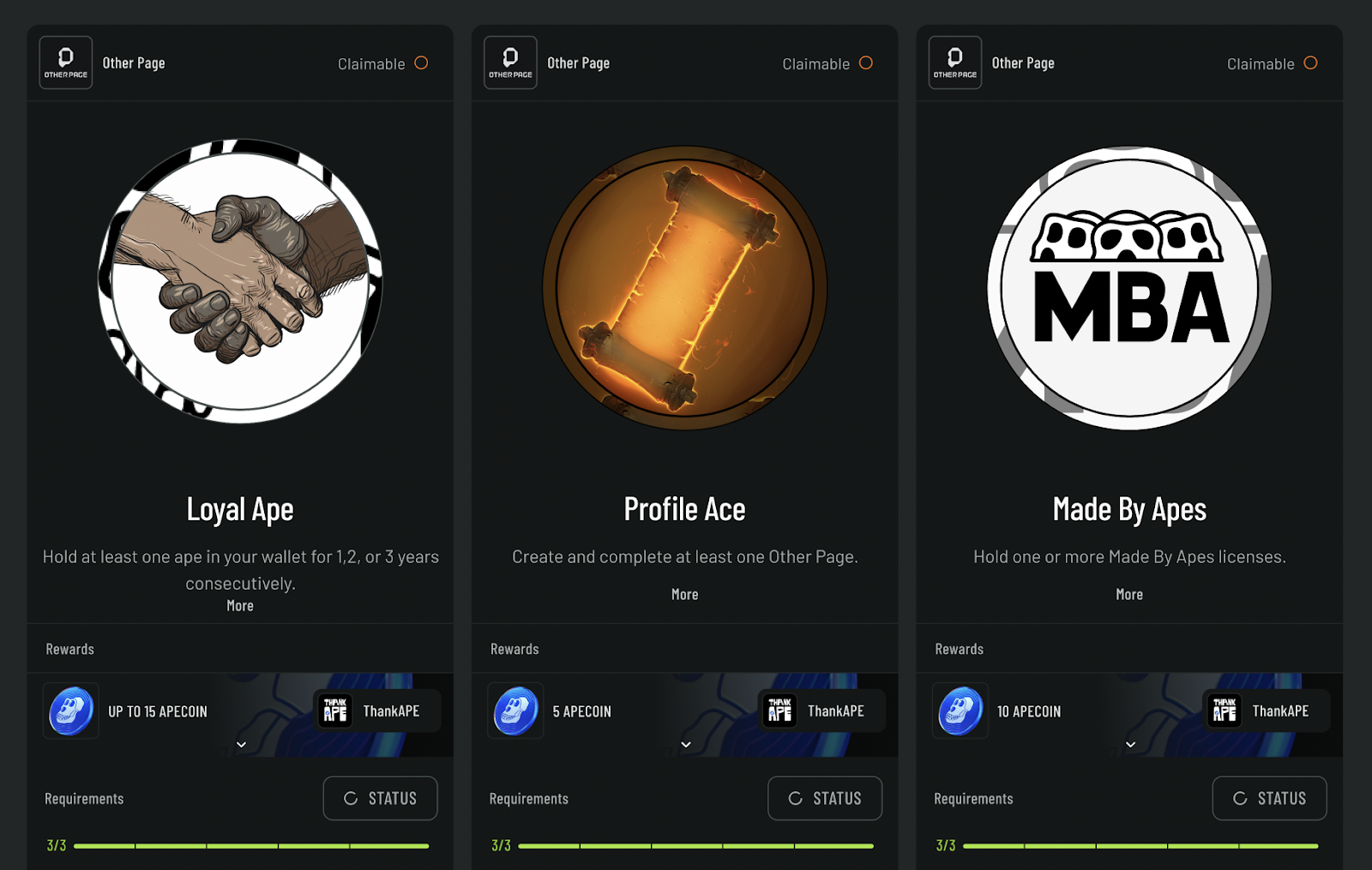
Incentivizing Engagement: NFT badges can be linked to rewards—such as tokens or exclusive privileges—motivating members to engage more actively and transparently.
-
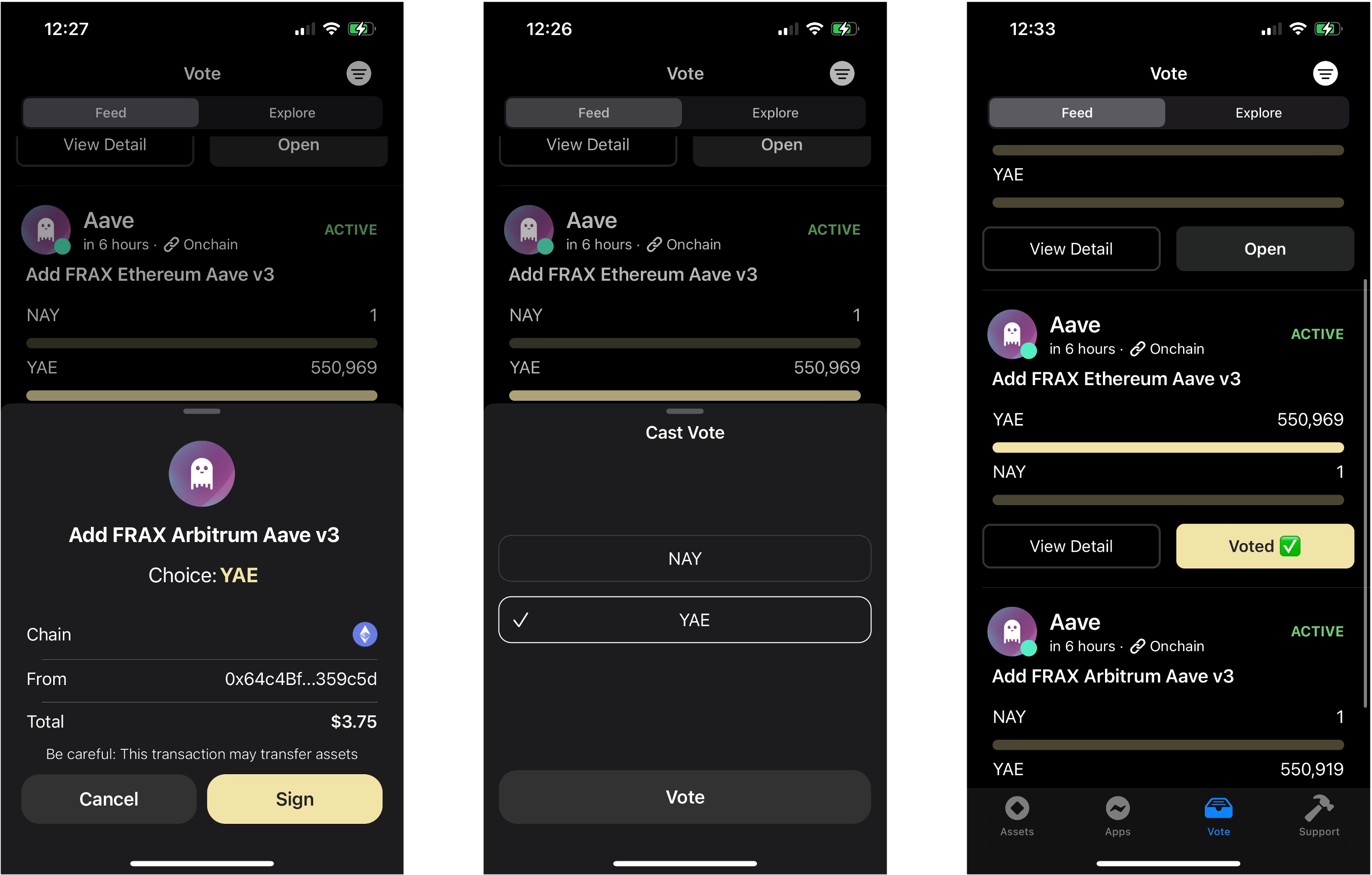
Transparent Voting Mechanisms: Integrating NFT badges with platforms like Snapshot enables clear, auditable voting, aligning voting power with badge ownership and contributions.
-
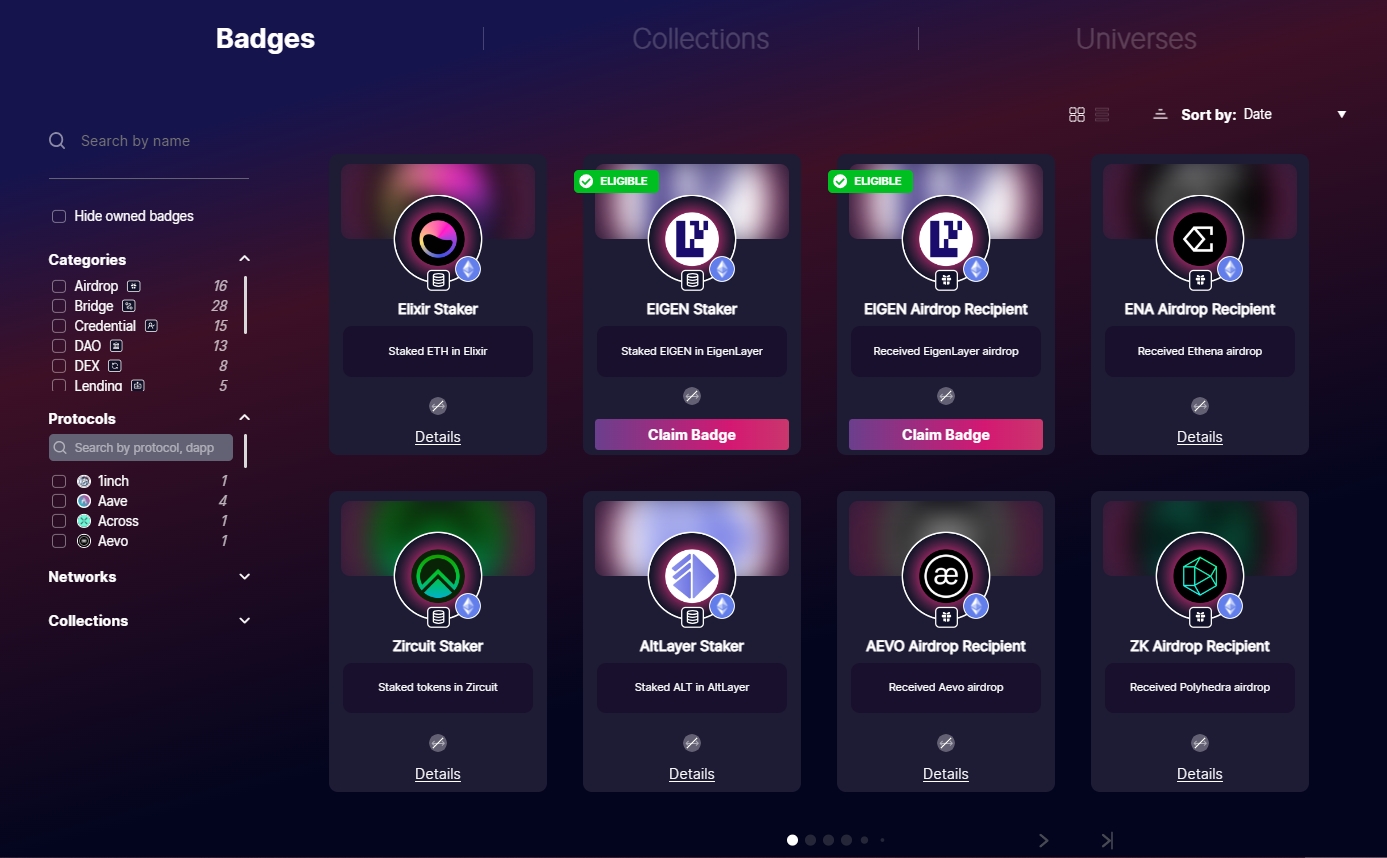
Reputation Building: Accumulating NFT badges over time builds an on-chain reputation, helping members showcase their contributions and earn trust within the community.
-
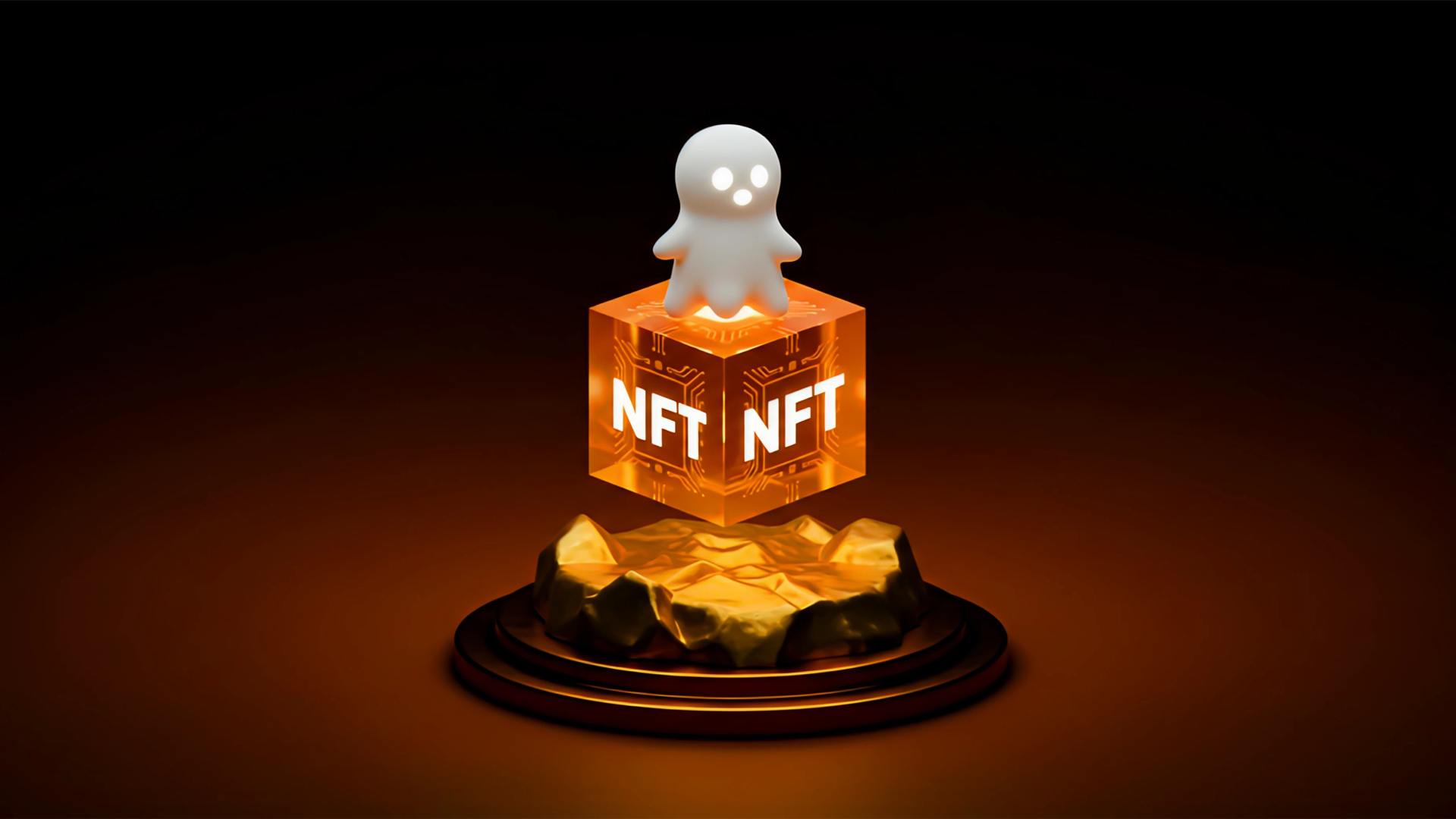
Fundraising & Capital Generation: DAOs use NFT badges as incentives in crowdfunding campaigns, attracting backers and building a community of engaged supporters.
NFT Badges as Fundraising Tools
Innovative DAOs are leveraging governance NFT badges as part of their fundraising strategies. By offering special edition badges as crowdfunding perks, organizations raise capital while simultaneously expanding their engaged user base. These backers become more than donors, they’re verifiable stakeholders with ongoing rights and recognition within the DAO.
This dual function transforms fundraising from a transactional activity into an opportunity for long-term community building. It also introduces new pathways for decentralized reputation building: holding certain fundraising badges can signal early support or unique contributions within the ecosystem.
Looking Ahead: The Future of Web3 Governance Tools
The adoption of DAO governance NFT badges is more than a passing trend, it’s the foundation for scalable, resilient decentralized organizations. As DAOs mature, expect even richer integrations between NFTs, smart contracts, and analytics dashboards that surface real-time insights about participation and influence.
For those designing the next generation of web3 communities, the message is clear: verifiable credentials unlock new levels of trust and collaboration impossible in legacy systems. By embracing these tools now, DAOs position themselves at the forefront of transparent digital democracy.
